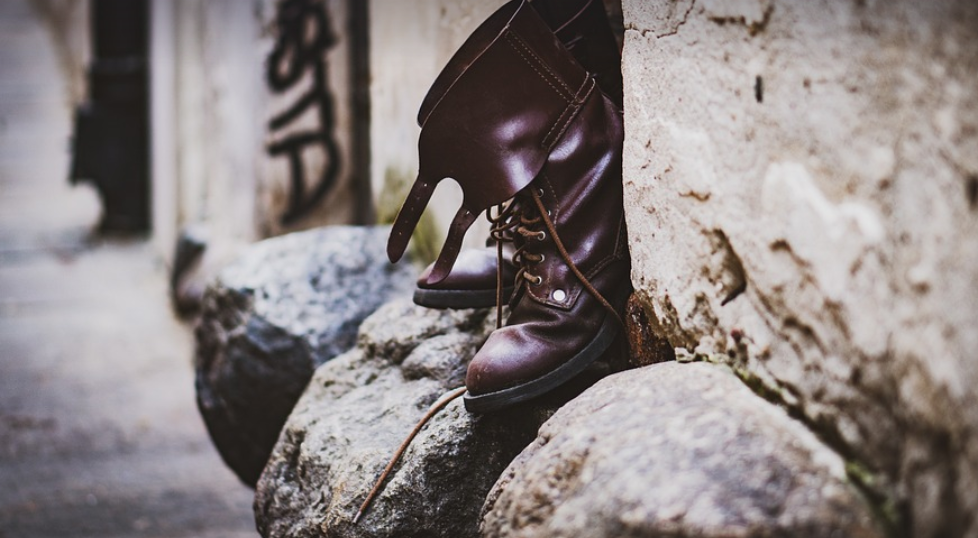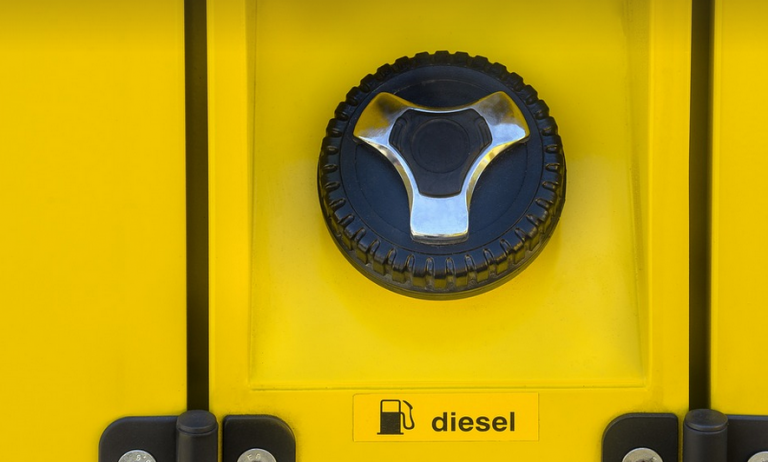A Winter’s Bite: The Importance of Safeguarding Your Water Tank
As the first chilly breeze of autumn sweeps through, we brace ourselves for sweater weather and cozy nights. But in many regions, it’s also a time to prepare our homes for winter’s harsh realities. One specific concern often arises when temperatures begin to plummet: keeping your water tank secure from freezing damage. The thought of ice-laden tanks may send chills down any homeowner’s spine.
Water tanks play an essential role in our daily lives, providing a constant source of clean and usable water for everything from washing hands and watering plants to flushing toilets and running showers. However, when temperatures drop below freezing, those seemingly sturdy metal components can become vulnerable to the devastating effects of ice formation. Failing to take proper precautions can lead to costly repairs and even catastrophic tank failure.
The real danger lies in the expansion of water as it freezes. Imagine a small cup of water chilling in your refrigerator – it expands into cubes, right? Well, this principle applies to large water tanks too! As the freezing temperatures grip the outside of your water tank, the water inside contracts, creating tremendous pressure. This pressure ultimately leads to internal stress on the tank’s walls and potentially catastrophic leaks or even breakage.
To effectively safeguard their precious water supplies, homeowners need to be equipped with a comprehensive understanding of how to prevent freezing damage. Let’s delve into some preventive measures you can easily implement this winter season.
Why The Worry About Freezing?
Before we dive into specific solutions, it’s crucial to understand the potential consequences of ignoring water tank freezing. Water tanks, especially in colder climates, are often situated outdoors, making them highly susceptible to freezing temperatures. When water inside a tank freezes and expands, it creates immense pressure, which can put tremendous strain on the tank’s integrity. Imagine the internal stress on an ordinary metal water tank! It might even result in cracks, holes, or complete breakage.
The consequences of a leaking water tank can be disastrous. Not only are you risking costly repair bills and potential safety hazards, but also losing access to clean, safe drinking water. To avoid this nightmare scenario, we must prioritize our tanks’ protection from the freezing temperatures.
A Warrior’s Arsenal: Essential Protection Strategies
There’s a diverse arsenal of strategies available to homeowners seeking to safeguard their water tanks against winter’s icy grip. Let’s explore some of these tactics in detail.
***1. Insulation: The First Line of Defense***
The first and foremost line of defense is insulation. Imagine putting your tank in a cozy blanket for the winter – that’s essentially what insulation does! Thick insulation acts as a thermal barrier, preventing heat loss from the water tank during harsh winters. This strategy effectively reduces the chances of freezing.
***2. Heaters: Targeted Protection***
For some areas where temperatures consistently drop below freezing even with adequate insulation, using heaters may be necessary. These heaters are specifically designed to keep the water tank’s interior warm and prevent ice buildup. There are various types of water heating systems available like electric heater coils and solar water heaters. Ensure you choose a reputable heater brand and set it up according to manufacturer instructions.
***3. Cover It Up: The Blanket Method***
A simple yet effective method is using a heavy-duty cover for the tank. This acts as an extra layer of insulation, protecting the tank from wind chill and reducing the risk of freezing. Choose covers made of durable material, such as thick plastic or high-quality canvas.
***4. Prevention Is Key: Proactive Measures***
Beyond these tactics, practicing proactive measures can help prevent water tank freezing altogether! A regular check for leaks and potential cracks in the tank is crucial. Regularly inspecting the insulation layers and ensuring they are adequately installed will further enhance the protection against ice formation.
***5. Local Expertise: Seek Expert Advice***
If you’re unsure what approach to adopt, seeking professional advice from an experienced plumber or water tank specialist can prove highly beneficial. They have a deep understanding of local weather conditions and specialized heating solutions that might be ideal for your specific situation.
***6. Stay Informed: Winter Preparedness Checklist***
Don’t forget to stay informed throughout the winter season! Keep an eye on forecasts, consult with local experts, and make necessary adjustments based on changing weather conditions. For example, if temperatures are expected to dip below freezing for prolonged periods, you might need to take extra precautions like heating your water tank or covering it more extensively.
**Remember: Winter is Coming!**
By taking these preventative measures, homeowners can protect their water tanks from the harsh realities of winter. A well-maintained and insulated water tank will ensure access to clean and safe drinking water throughout the colder months. It’s time to prepare our homes for the season ahead and embrace the comfort and convenience of having a reliable water supply even when temperatures drop.
As you navigate through this upcoming winter, prioritize these strategies to safeguard your water tanks and enjoy the warmth and cheer of the holiday season!




















